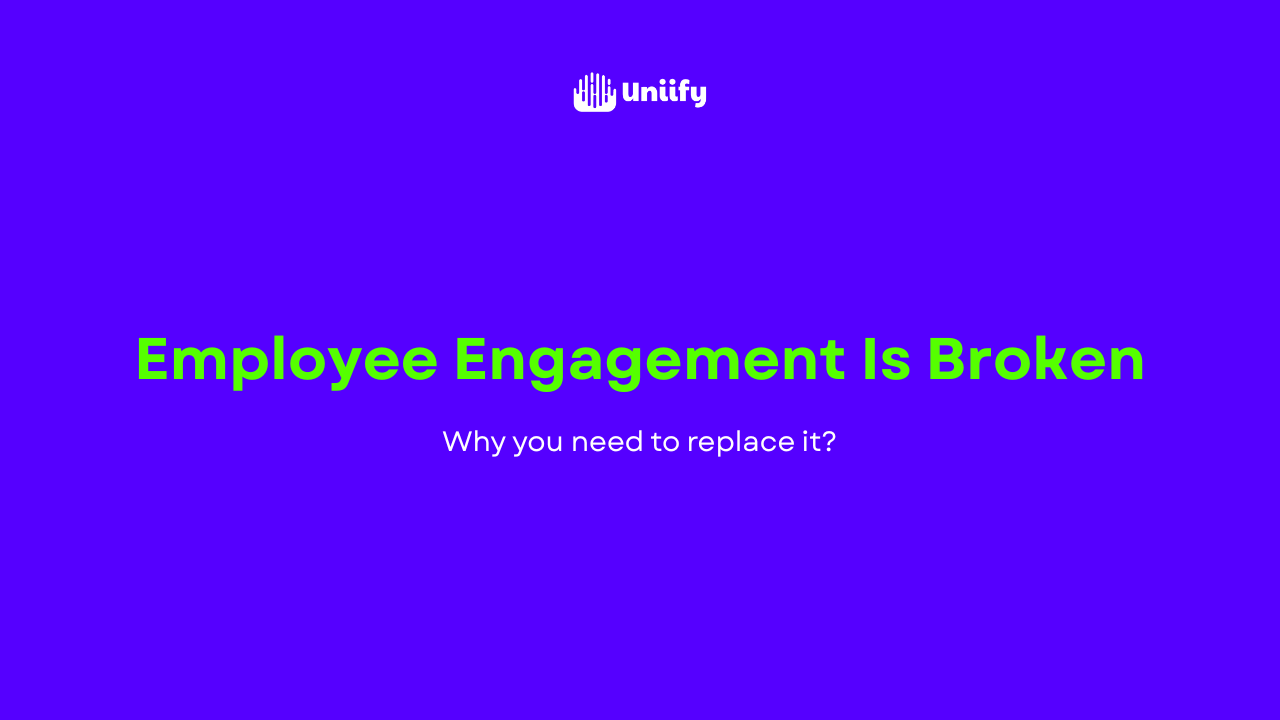Every organization wants to be “people-first.”
But here’s the truth: if your listening still depends on quarterly surveys, you’re already behind.
Work has changed. It moves faster, feels heavier, and speaks in smaller signals.
A once-a-year questionnaire can’t capture that. It’s like trying to measure the weather with last season’s forecast.
The future of listening isn’t about collecting opinions — it’s about detecting emotion in motion.
Why Traditional Surveys Don’t Work Anymore
Surveys had their moment. They were structured, measurable, and democratic. But in the age of hybrid work and digital overload, they’ve started to lose relevance.
Three common truths emerge across companies:
- Response fatigue: employees are tired of being asked but rarely heard.
- Lagging action: by the time insights reach leadership, the moment that mattered has already passed.
- Shallow depth: numerical scores often miss what words, tone, or silence could have revealed.
Surveys tell you what employees said.
Experience systems show you what employees feel.
And that difference changes everything.
The Shift: From Measurement to Sensing
Modern workplaces are moving from static feedback to living feedback.
This means replacing periodic listening with systems that sense sentiment, detect change, and nudge leaders in real time.
Think of it like an organization’s emotional radar — continuously scanning for patterns, not waiting for a crisis.
When a team’s energy dips, you know.
When wellbeing flags, you act.
When connection grows, you can reinforce it instantly.
This is what we call responsive culture design.
How Real-Time Listening Systems Work
Here’s how progressive HR teams are already using this approach:
- Micro-check-ins embedded in daily tools
- Employees can log a quick feeling or reflection in under 30 seconds — no form fatigue, just flow.
- Sentiment analytics
- AI translates qualitative inputs (tone, frequency, patterns) into cultural insights leaders can act on.
- Instant recognition and response
- When positivity peaks, the system prompts celebration. When sentiment dips, it nudges a manager to check in.
- Closed-loop communication
- Feedback loops stay open — employees see outcomes of their voice in visible, timely ways.
It’s not about replacing human touch. It’s about making it more timely, informed, and intentional.
The Role of HR in Real-Time Listening
For HR leaders, this isn’t a technology revolution — it’s a mindset one.
Real-time listening demands curiosity, courage, and care.
To build this culture, HR should:
- Empower managers to act immediately on signals, not reports.
- Use data as dialogue — start conversations, not control them.
- Reward responsiveness, not just participation.
When listening becomes continuous, trust stops being a target metric. It becomes the organization’s default state.
The Everyday EX Connection
Within the Everyday EX framework, Listen isn’t the first pillar by accident.
It’s what powers all the others — Engage, Care, Empower, Recharge.
Real-time listening connects them.
It helps leaders engage meaningfully, care proactively, empower confidently, and recharge intentionally.
It’s not a survey strategy.
It’s a human strategy powered by technology.
The Uniify Perspective
At Uniify, we designed listening as a living system.
Through daily pulses, sentiment analysis, and actionable insights, Uniify helps organizations transform feedback into foresight — and reaction into responsiveness.
Because when workplaces listen continuously, culture stops waiting for reports. It starts evolving on its own.
Human Signature
Listening shouldn’t wait for a calendar reminder. It should live in the rhythm of every workday.
In Essence
- Surveys measure the past; real-time systems sense the present.
- Responsive organizations don’t ask occasionally — they notice continuously.
- HR’s role is to translate data into empathy, not reports.
- Everyday listening builds the foundation for lasting trust.
That’s why we built Uniify — to make Everyday EX real, measurable, and human.








